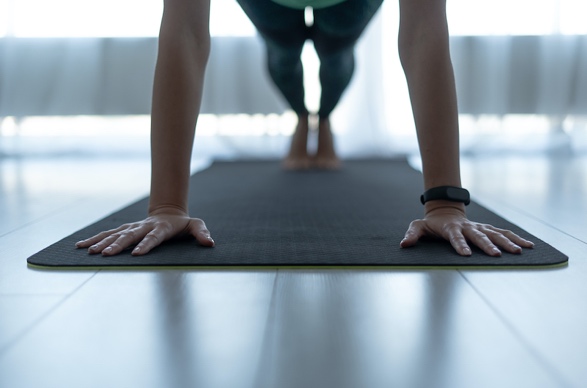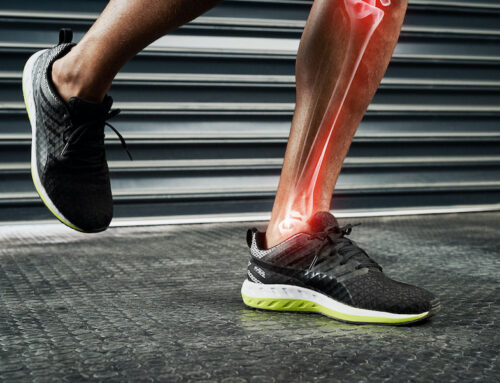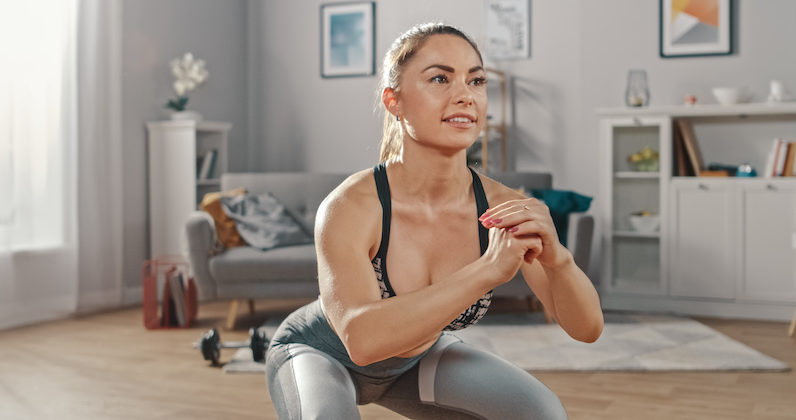Here’s one for ya…Homeostasis
So, you may or may not have heard this word banded about. Ironically I was talking to someone, and they were talking with some one else about this topic but under a different guise.
Homeostasis is basically the complete balance point in your body, controlled by series of actions and reactions that run on a loop depending on what certain sensors in the nervous system detect.
For instance, we know the body likes to remain at a constant temperature, we know the body likes to remain or run at a certain blood sugar level amongst other things.
These actions basically work on a series of set points. The temperature of your body should be 37.4 degrees. If it drops below, a sensor detects this, the light comes on in the brain, and the muscles are told or made to contract and relax repeatedly in a bid to generate more heat, and bring the body temperature back up to the set point. Similarly if it spikes above, a different sensor flicks a different switch and tells the sweat glands to open up, which then allows you to perspire, and the solution beading on your skin reduces the temperature back down to the set point.
So we’ve explained in a roundabout kind of way how it works, something happens, sensor detects, something happens. It is important to understand that you can help your body with some of these simple tasks in its daily routine. The only thing your body understands is stress, either in a positive or negative input and decides how to act accordingly. If you’re doing the wrong things at the wrong time then you could be placing unnecessary stress on your body which will leave you feeling sluggish, irritable and lethargic over time as you’re pushing into the reserves on a regular basis.
I’m going to relate this blood sugar part to nutrition, obviously as the two are linked pretty directly. A common breakfast in Britain is cereals. Some are better than others but in truth for a heathy body they aren’t really ideal. Breakfast cereal is one of the highest sugar containing breakfasts you could have, and with the very real risk of not sticking to portion sizes they can lead you to calorie overconsumption. That isn’t the problem here, but when we wake up in a morning we naturally have a low blood sugar level which is why we naturally take a little bit of getting going and coming round. By consuming too much sugar (in breakfast or any meal) you place too much sugar into the blood stream. This is picked up by a sensor, which lights the bulb up in your head and tells the pancreas to release insulin into the blood stream in an effort to get the level down to a set point which lies somewhere between Hyperglycaemia (high) or Hypoglycaemia (low) blood sugar levels. In writing this, I’ve stumbled across the relevance here to some of the big big problems in the world with health in general. Obesity is one of the biggest killers, and will remain to be, but obesity in general is an umbrella which medical professionals hide a lot of other stuff beneath. Diabetes is something associated with obesity. Diabetes is classified as Type 1 and Type 2. Type 1 is a condition whereby an individuals pancreas doesn’t produce insulin. This means that when they consume food, for every ‘unit’ of sugar they have to inject a ‘unit’ of insulin to help provide homeostasis. Here’s something many people won’t know. Type 2 diabetes is on the rise. Type 2 diabetes is basically where the pancreas produces some, but not enough insulin to make much difference to the levels of blood sugar and as a result have to use insulin to help contribute to homeostasis. The good news is that type 2 diabetics have a chance of reversing this. A type 2 diabetic can eat their way into type 1, by constantly overloading the blood with sugar. In the end it forces a breakdown in the pancreas due to overproduction and constant abuse so, by choosing the healthier options with food and taking on regular exercise a type 2 diabetic would use some sugar for energy, reducing the demand on the pancreas. It goes without saying that everyone should be mindful of what they consume and the implications it has with the body.
Another example of being aware of your body’s needs is simple fluid consumption. All the signs will be there, and by picking up and acting on them yourself you’ll significantly reduce the negative stress in your body. Fluid consumption helps maintain electrolyte balance with in the body to provide homeostasis. The better balance your electrolytes have, and the more solution they have to move about in, the easier your body can transport them to where they’re required which again reduces the workload on the body and also the stress. When fluid levels in the body drop so low, the sensor picks up on this and tells the brain it’s got a thirsty body. This will provoke symptoms that will make you replenish fluids to return the balance. Everything your body does is in a clear bid to maintain this normal level of function, 24/7.
I’m going to touch lightly on training, because long term training is a positive stress, but immediately it’s negative stress to the body. You’re pushing it into a state of disrepair, you’ll be spiking the temperature, you’ll be perspiring and using lots of energy. This is a lot for your body to deal with in one go, but the next time you ask the same, it finds it easier and less stressful as a result of improved physical condition. You’ve sensors saying you need to sweat, sensors in the liver saying release some energy, sensors in the muscles saying we need more oxygen, sensors everywhere doing one job and one job only. And that’s sensing whether that set point is above, below or on point. The more on point you are across the board with all of these little things, the easier time your body will have.
Homeostasis is a complex topic but the principle is simple once you learn how to relate to it. Your body detects a problem, or some reason to act, and makes sure the necessary action is undergone to achieve the end product or solution. By eating healthy, as we’ve set out in our new BP @ Home package, or even a little relaxed over that, and training your body to cope with physical hardship you’re well on your way to helping the body achieve this homeostatic environment it constantly craves. You’ll look, feel and perform better than ever before!







 >
>

Leave a Reply